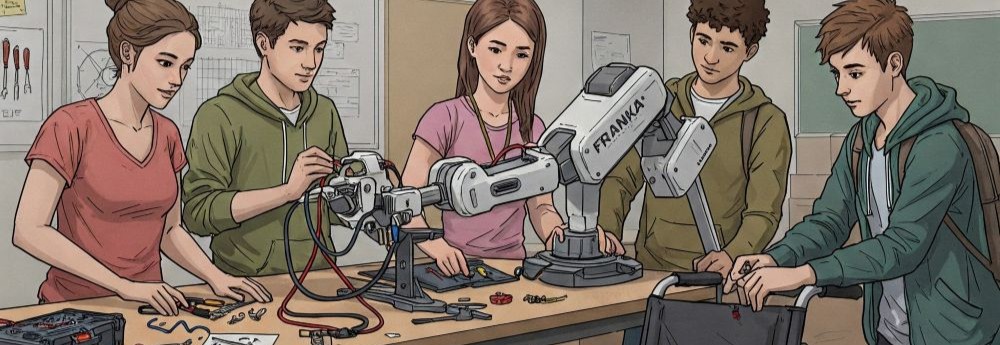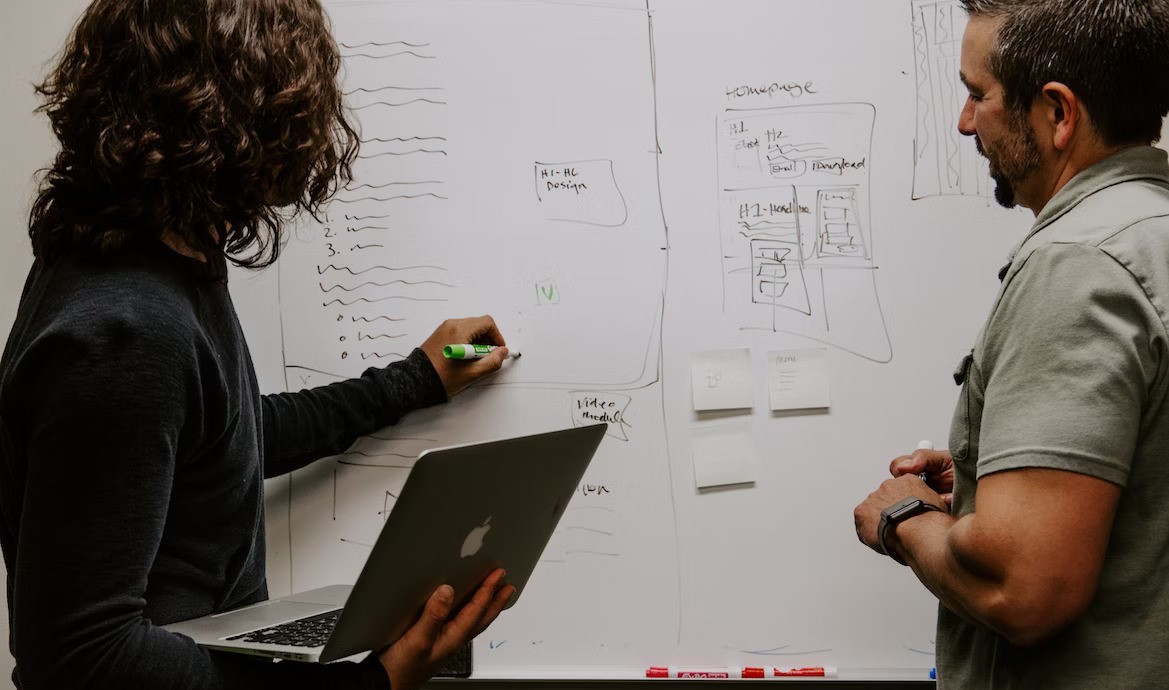Medical applications for collaborative robotics
highlight_off

This proposal focuses on developing and deploying assistive collaborative robotic systems designed to enhance the quality of life and independence of individuals with mobility impairments or other physical limitations. Assistive robotics aims to bridge the gap between physical limitations and daily tasks, empowering users to live more fulfilling and self-sufficient lives.
Students will form multidisciplinary teams, encompassing engineering (mechanical, electrical, software), computer science, biomedical engineering, and design, to tackle specific the ROB discipline in Cybathlon.
Okay, let's expand on the idea of students developing robot tools for international competitions like the Cybathlon:
Proposal: Student-Driven Development of Assistive Robotic Technologies for International Competitions
Elaboration:
This proposal outlines a student-led initiative focused on designing, developing, and testing innovative assistive robotic tools intended for participation in international competitions, specifically the Cybathlon. The Cybathlon is a unique event that challenges teams to create cutting-edge assistive technologies that empower individuals with disabilities to compete in everyday tasks.
Project Scope:
Students will form multidisciplinary teams, encompassing engineering (mechanical, electrical, software), computer science, biomedical engineering, and design, to tackle specific Cybathlon disciplines. These disciplines could include:
- Powered Arm Prosthesis Race: Developing robotic arm prostheses capable of performing complex manipulation tasks.
- Powered Leg Prosthesis Race: Designing advanced leg prostheses for navigating challenging terrains and obstacles.
- Powered Wheelchair Race: Creating intelligent and agile powered wheelchairs for navigating obstacle courses.
- Functional Electrical Stimulation (FES) Bike Race: Developing systems that use electrical stimulation to enable paralyzed individuals to cycle.
- Powered Exoskeleton Race: Designing exoskeletons that enhance mobility and strength for individuals with paraplegia.
- Brain-Computer Interface (BCI) Race: Creating BCI systems that allow individuals with severe paralysis to control avatars in virtual environments.
Student Activities:
- Research and Design: Students will conduct thorough research on existing assistive technologies and user needs, followed by iterative design and prototyping.
- Engineering and Development: Students will gain hands-on experience in mechanical design, electronics integration, software development (including AI and machine learning), and sensor integration.
- Testing and Evaluation: Rigorous testing and evaluation will be conducted to assess the performance, usability, and safety of the robotic tools.
4
Alejandro González de Alba
a.gonzalezda@tec.mx
Mechatronics
Robotics
Artificial Intelligence
Inclusion
Sensors
warning
error_outline
Concept and Design Proposal
30 %
Prototype Development
25 %
Integration and Refinement
25 %
Final Report
20 %





:
circle
circle
circle
circle
circle